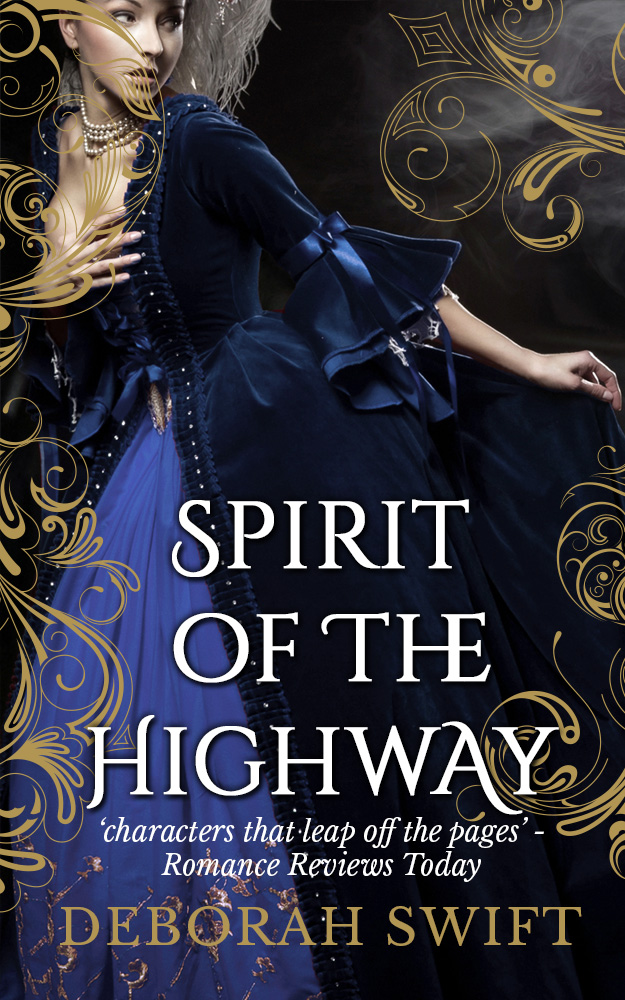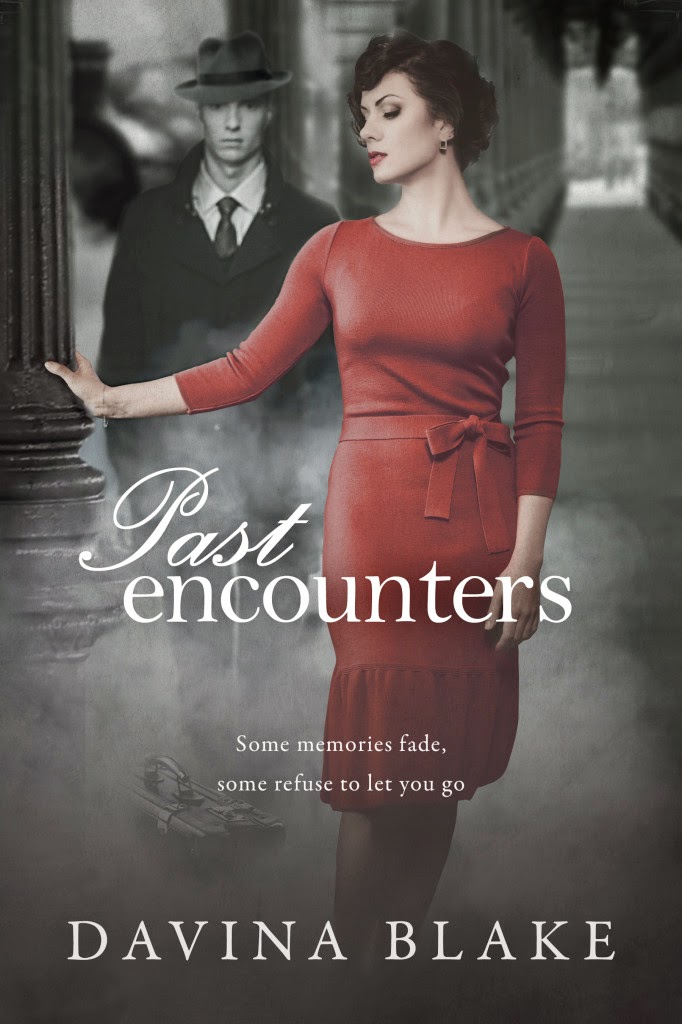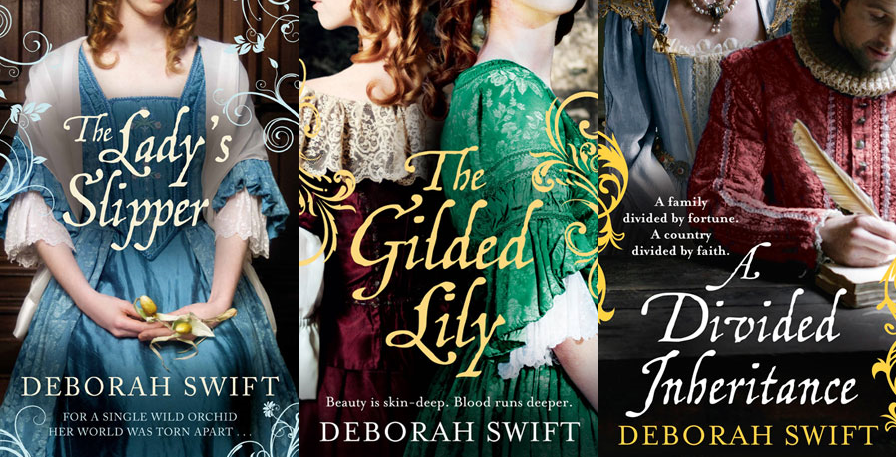
The question I get asked the most, and the thing people are most obsessed with when I talk to them about historical fiction is historical "accuracy".
Recently whilst working on my novel "The Gilded Lily" which is set in 1661, I was working with minor characters that were twins. In those times according to my research, people still were very suspicious of twins, viewing them as something unnatural, eerie and an enigma. The most common view of the time was that twins were sired by different fathers (if they were not identical) or that the mother had conceived twice by the same man (and was therefore a bit of a nymphomaniac) if they were identical. In the case of non-identical twins one of the babies was therefore often labelled "the bastard" and the woman ostracized as an adulteress.

During the research I went off on many intriguing sidetracks, fascinated to discover the story of conjoined twins, who were even more suspect to the 17th century eye, and viewed as an aberration against God or monsters. The conjoined twins born at Isle Brewers, Somersetshire, in 1680, were among the earliest live-born English conjoined twins and people travelled from all over the country to see them. The twins died, probably in 1683, after being bought from their mother and exhibited for money by a certain Henry Walrond, an unpopular country squire who also by the way was a great persecutor of the quakers. A memorial plate in Lambeth Delft still exists that was made after their death to commemorate their popular appeal as a sideshow attraction and to mourn the passing of a unique "monster".
All this was engrossing, so I duly included back-story scenes about the twins birth and wrote them into the plot. At the end of the first draft I realised that all the stuff about the twins was unbalancing the main thrust of the narrative and undermining the main characters, so reluctantly I cut most of it out, leaving a few sentences so as not to "waste" my research. After the second draft, leaving in the information about attitudes to twins raised questions in the reader, rather than being illuminating. So I cut it further. In the finished draft a mere veiled reference is made to my identical twins birth and back-story.
What a shame, I thought. There is such a good plot in there, but unfortunately not for "The Gilded Lily". My research on twins went the way of much of my research - cut to make way for a better story.

This often happens. The research cannot show too much in a novel or it turns into a history book, or readers get frustrated whilst you go down back-alleys of the plot. I recently read Mary Novik's brilliant book, Conceit, (set in a similar period to The Gilded Lily) about the daughter of the poet John Donne. At the back of the book she says,
"I have consulted all the usual scholars and biographers but, after all is said and done, this is my seventeenth century and I have invented joyfully and feely."
There can be thousands of individual views and reconstructions of an era, and all will contain accuracies, inaccuracies, omissions and inventions. That is the nature of fiction.
Whilst browsing online the other day though, I suddenly came across this - the cover drew my eye as it looked historical. When I clicked on it I found this blurb:
"London 1661. In this era the old belief that twins cannot be sired by one man still prevails, a superstition which automatically makes the mother of Edgar and Emma Torbet an adulteress. Desperate to protect her children from their violent father she flees, finally settling in London......
It made me laugh because all the time what I thought of as bits of my story had already been germinating and sprouting in someone else's imagination. It reminded me that we can never own history, and that what are the leftovers to me will make a very nice main meal for someone else. Good Luck with Twins, Katherine!
But what's the betting that when The Gilded Lily comes out, a reader somewhere will say, "she didn't get that right, about the twins. In the 17th century they...."
















